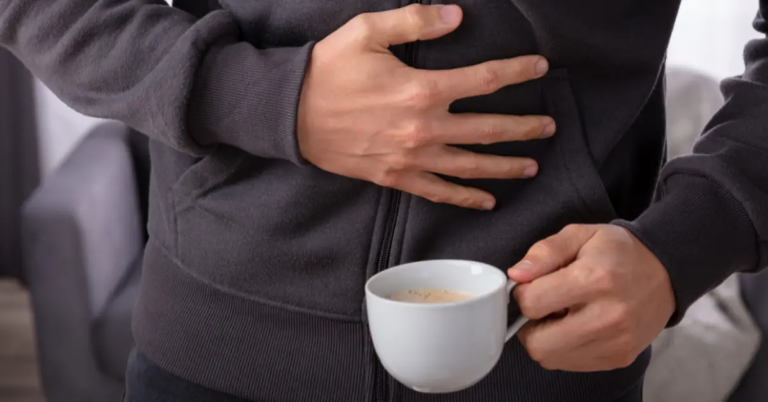It’s important to keep your body functioning optimally. As we all know, one of the ways to do that is by watching what you put into your body. However, you may not know that paying attention to what comes out of your body can also help you monitor your health. To this end, we present the Bristol Stool Chart, which uses your stool to determine colon health.
The Bristol Stool Chart
The Bristol stool chart is divided up into seven ‘sections,’ with each one giving a clue as to your health. (1)
Constipation Types
These types of stool indicate that you may be having problems with constipation. Other signs of constipation can include a feeling that your colon has not been emptied after a trip to the bathroom, or stomach issues: pain, cramps, swelling.
Some causes of constipation are:
- Lack of dietary fiber
- Not enough water
- Mental health issues
- Pregnancy
- Lack of exercise
- Side effects of medication.
Frequent constipation can weaken your pelvic floor, which may also affect your bladder.
(2)
Type 1
In this type, your stool will be in hard nuggets, which cause you discomfort or difficulty to pass through the bowel. (1)
Type 2
In this type, your stool will be sausage shaped, but lumpy. (1)
Healthy Types
The following types of stool in the Bristol Stool Chart indicate healthy bowel movements and good colon health. (1)
Type 3
This type of bowel movement is also sausage shaped, but instead of a lumpy or clumpy surface, it is more solid, with surface cracks. (1)
Type 4
This type of stool can be sausage shaped, or longer and more snakelike. It has a smooth consistency, and is often softer. (1)
Diarrhea Types
Stool in this category will have a looser consistency than normal. You may also find that you have more frequent bowel movements than normal.
Causes of diarrhea include:
- Colon infections
- Stomach infections
- Food allergies
- Food sensitivities
- Frequent alcohol use
- Shortened bowel
- A long period of constipation.
Severe diarrhea can lead to dehydration. Even if it doesn’t hurt, it’s important to take it seriously. (3)
Type 5
Multiple soft pieces of stool, clearly individualized. They have a soft consistency and are easy to pass. (1)
Type 6
This type will have a series of smaller pieces, with fluffy or ragged edges, not clearly individualised when passed into the toilet. This will have a consistency best described as “mushy.” (1)
Type 7
This stool will be watery, with no pieces. It is entirely liquid. (1)
Ways To Keep A Healthy Colon
Now that we’ve seen how to identify your colon health based on the stool you pass, it’s important to look at ways to achieve or maintain a healthy colon and bowel.
Dr. Robert Burakoff is the director of the Center for Digestive Health in England. Here are some of his tips. (4)
Drink More Water
“There’s no special number of how many glasses of water will help you have a bowel movement,” says Dr. Burakoff. “Everybody’s different, and it depends on how much water you lose.” (4)
Watch What You Eat
Avoid starches if you suffer from constipation, and alcohol, dairy, and processed foods for diarrhea. And overall? “I recommend soluble fiber, which will reduce gas and bloating for most people,” he says. “It makes the stool softer and bulkier, which allows easier passage.” (4)
SOURCES























